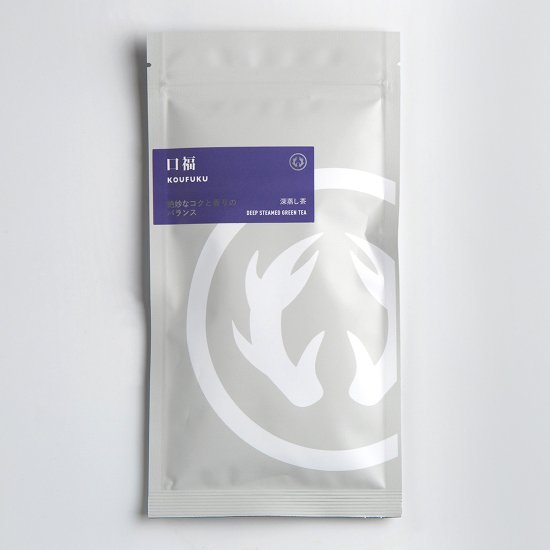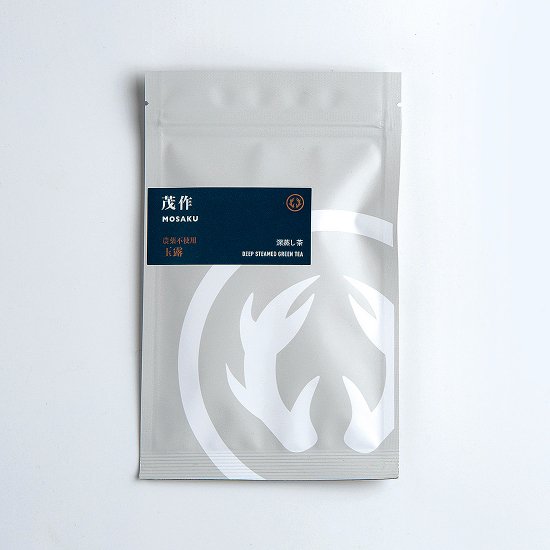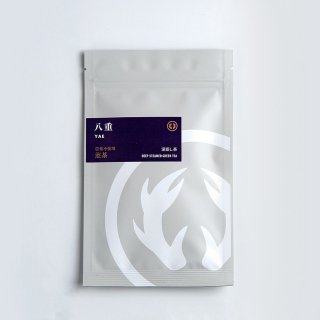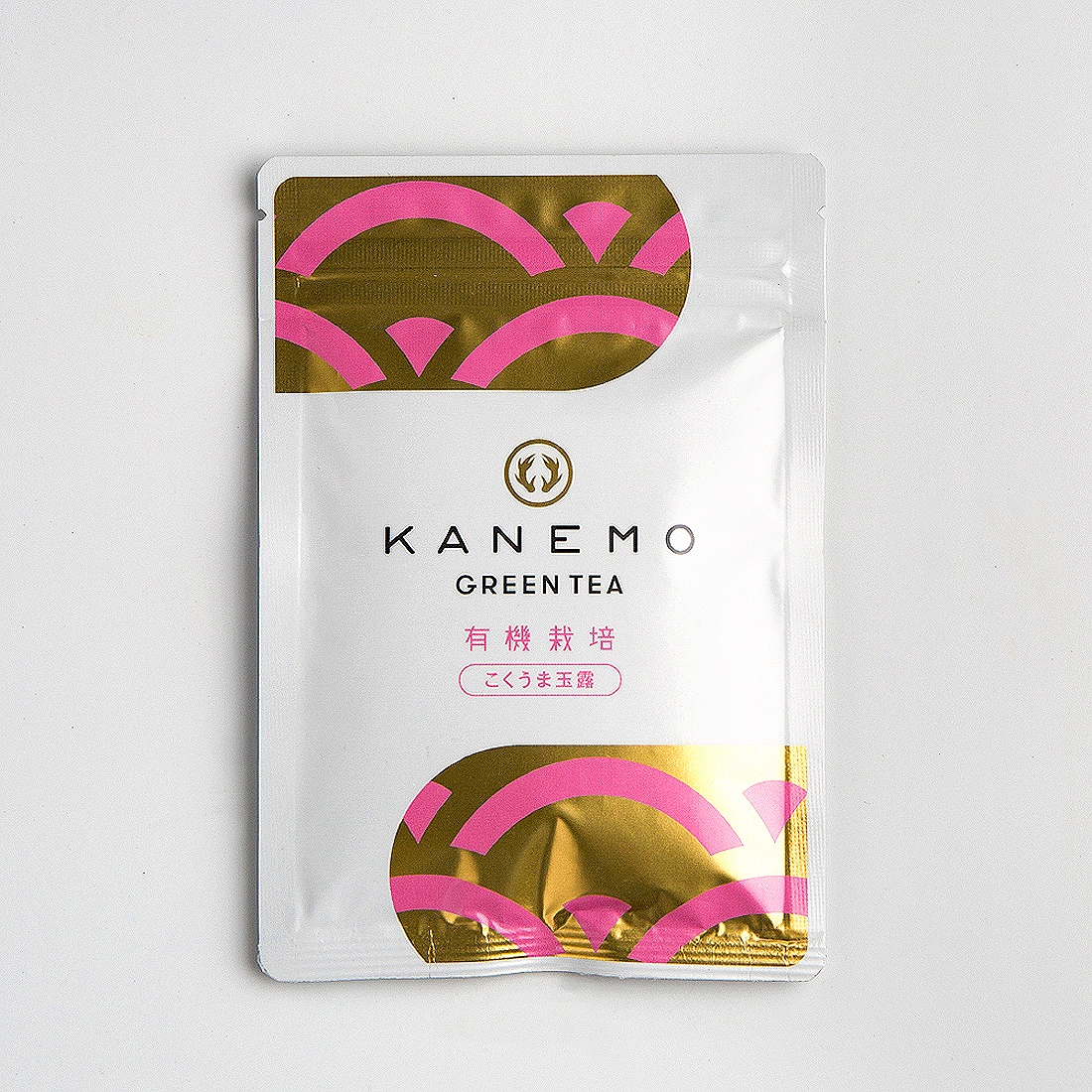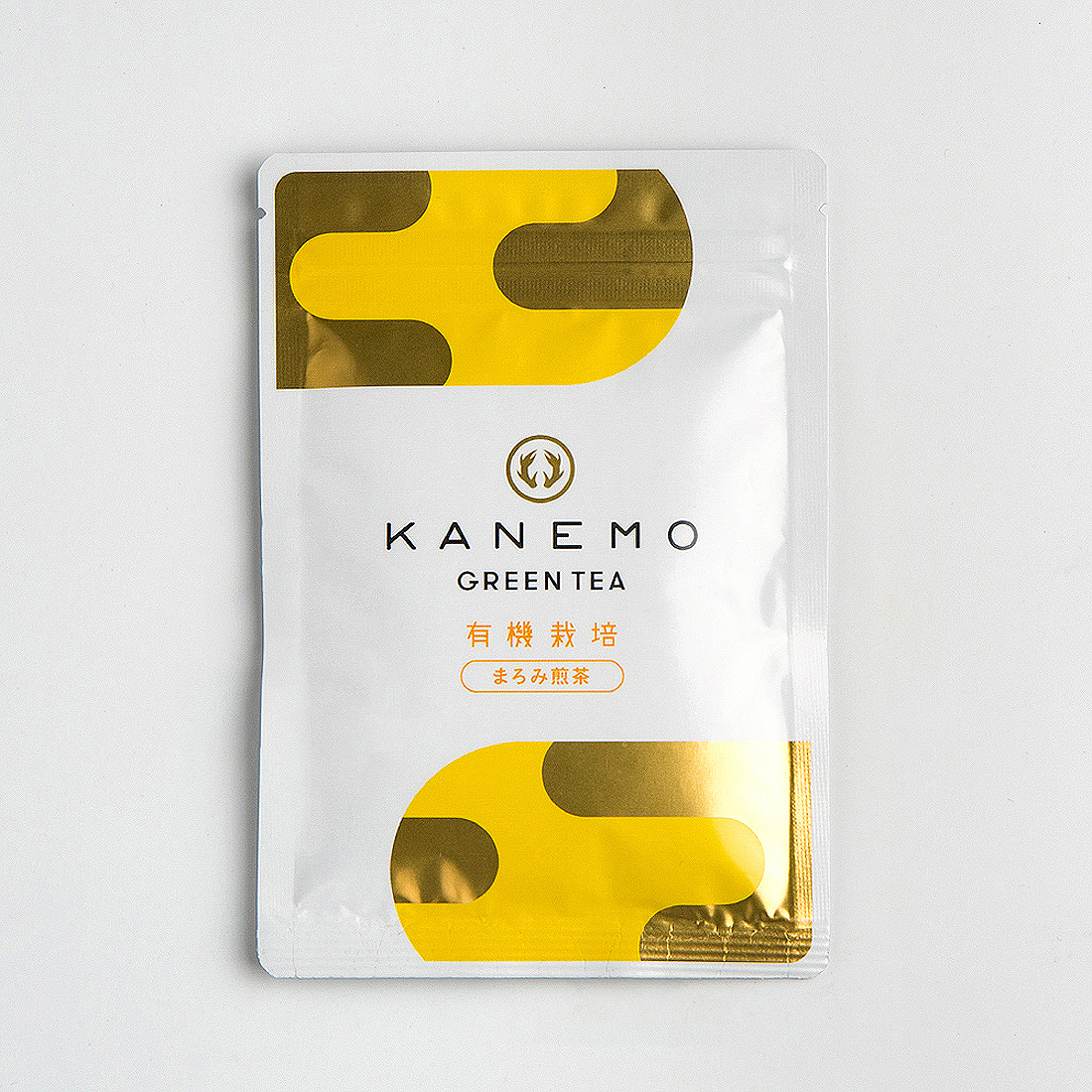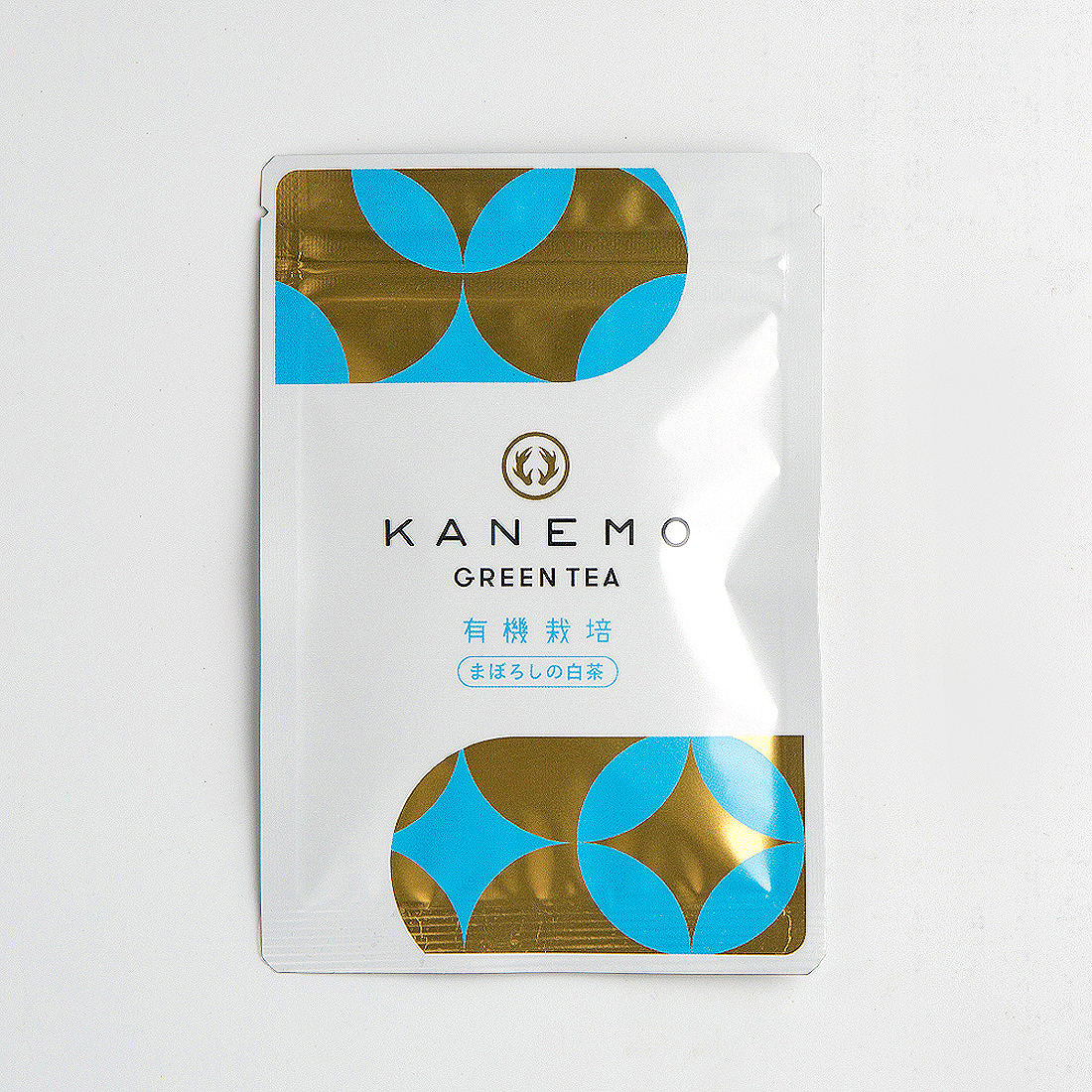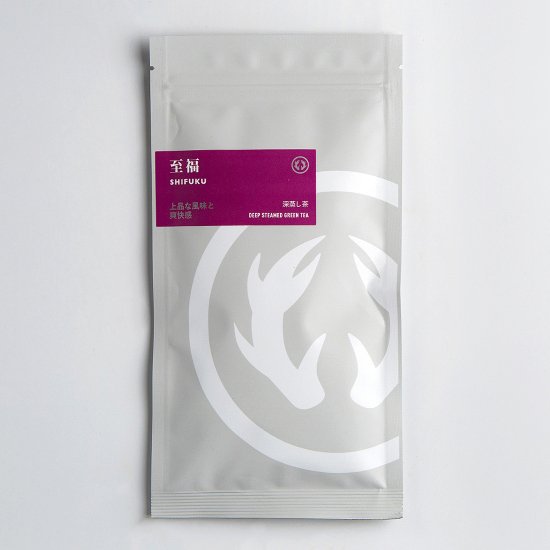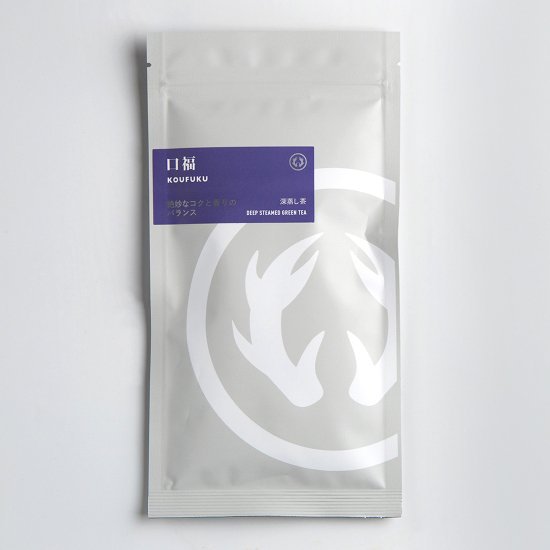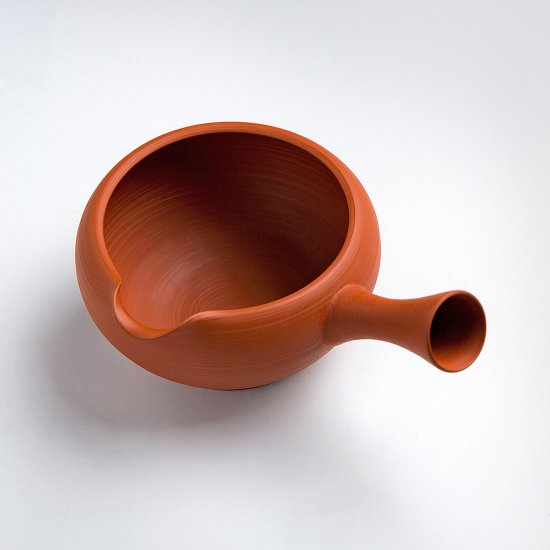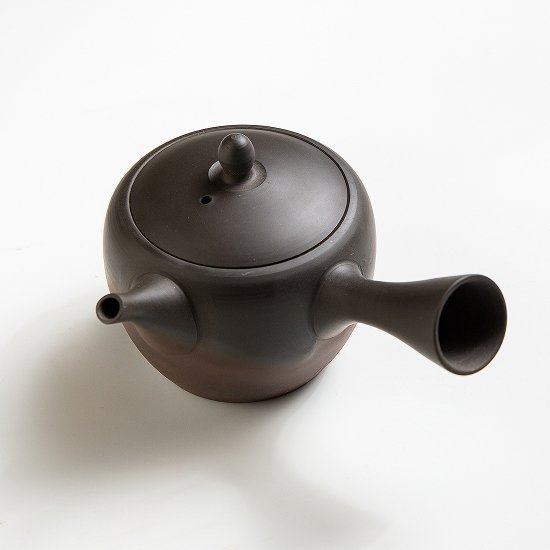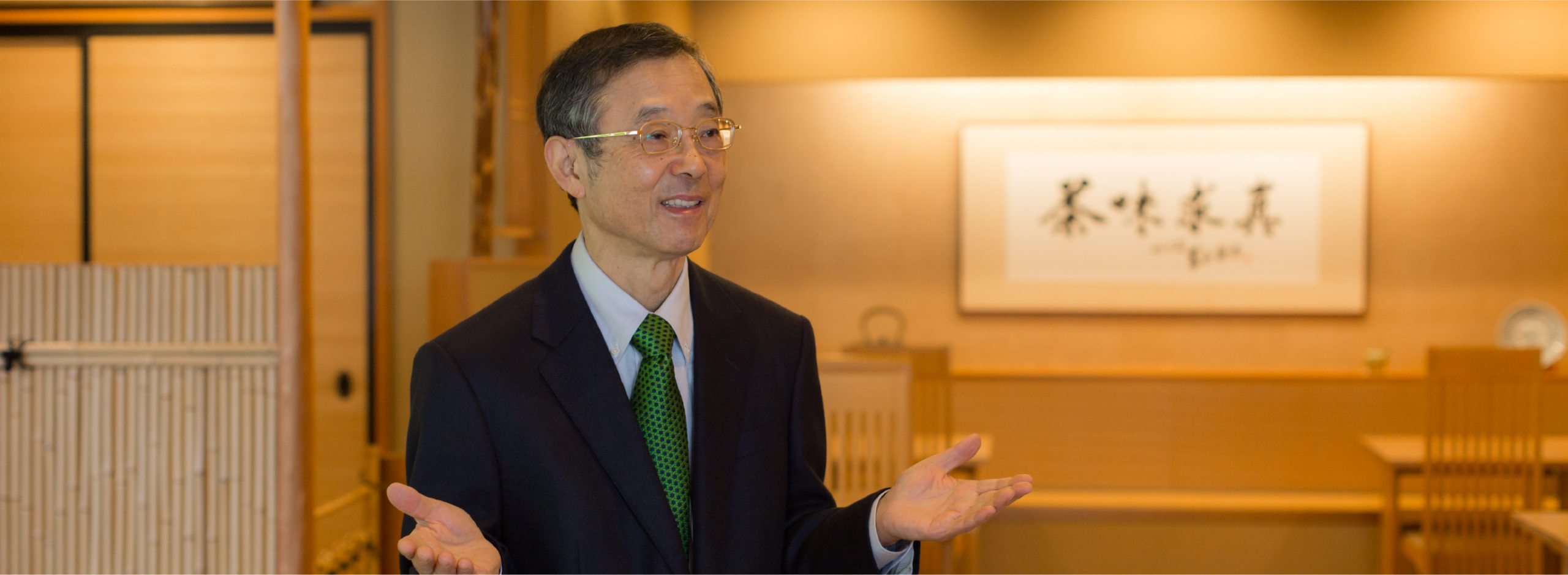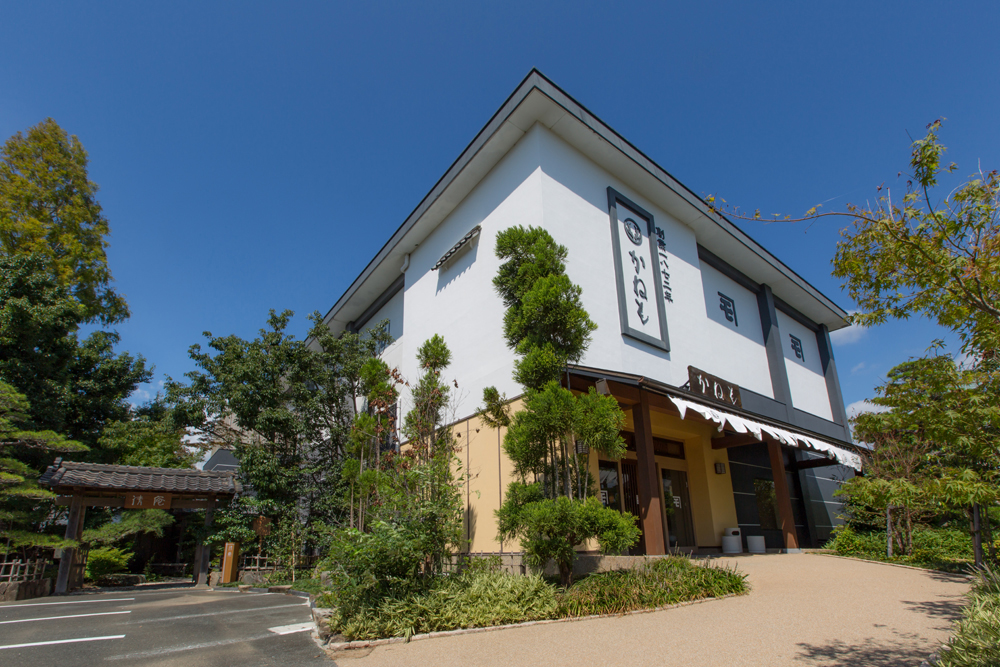Tea farm in producing district KAKEGAWA CITY.

May I start by describing our standpoint of the green tea production process.
Once the tea leaves are picked, they become withered with the lapse of time.
It is the process of oxidization by nature. The leaves gradually change color from green to brown and then to red. The brown color denotes partial oxidation, as produced in China.
The color red denotes full oxidation and is called black tea, mainly produced in India.
- Oxidized tea is called black tea in India.
- Half oxidized tea is called Chinese tea.
- Japanese green tea is made without oxidization which stops enzymatic action.
So green tea can keep own vitamins which is good for health and the color of tealeaf does not lose chlorophyll. The green tea retains its vitamins and color of chlorphyll, which is good for health.
2011 Clinical study of long life in Kakegawa city
One third of deaths in Japan are caused by cancer.
The death rate from cancer is lowest in Kakegawa city in comparison with other cities in Japan.
The average life span of women in Kakegawa city is 86.4 years old.
It is the longest in Japan.
The average life span of men in Kakegawa city is 80.4 years old.
It is the second longest Japan.
Clearly, aged people have good health in Kakegawa city. Why?
Doctor Samejima (KAKEGAWA city hospital) points out that the death rate by heart disease is 15% less and blood vessel damage in the brain is 30% less than the rates of Shizuoka prefecture in Japan where Kakegawa City is also located.
So, a clinical study of long life in Kakegawa city was begun with two groups, over a period of 3 months.
*The contents of capsule for group ! Was extract of green tea. The contents of capsule for group 2 Was starch
*Term 3 month
*In the group who received the green tea, the LDL cholesterol decreased, 9.02 mg/dl. The waist measurement decreased 1.86cm.
The average medical care expenses of an aged person per year in Japan is 7,432 EUR replace second “in Japan” with “overall”. It is 5,651 EUR in Kakegawa city. That is 20% less than the average in Japan.
Citzens of Kakegawa have good health. The reason is that people drink several cups of green tea everyday. The catechins (antioxidant,immunity) in green tea are good for health. Catechins and vitamin C are water-soluble. Catechins are polyphenols of the flavonoid family.
After making tea, tea leaves still have βcarotene, Vitamin E, chlorophyll. So it is good to have tea leaves also. The green tea keeps inherent vitamins and catechin by nature and tea leaves produce the unique amino acid theanine from nitrogen fertilizers. Theanine is the source of taste and has a beneficial effect on our peace of mind.













